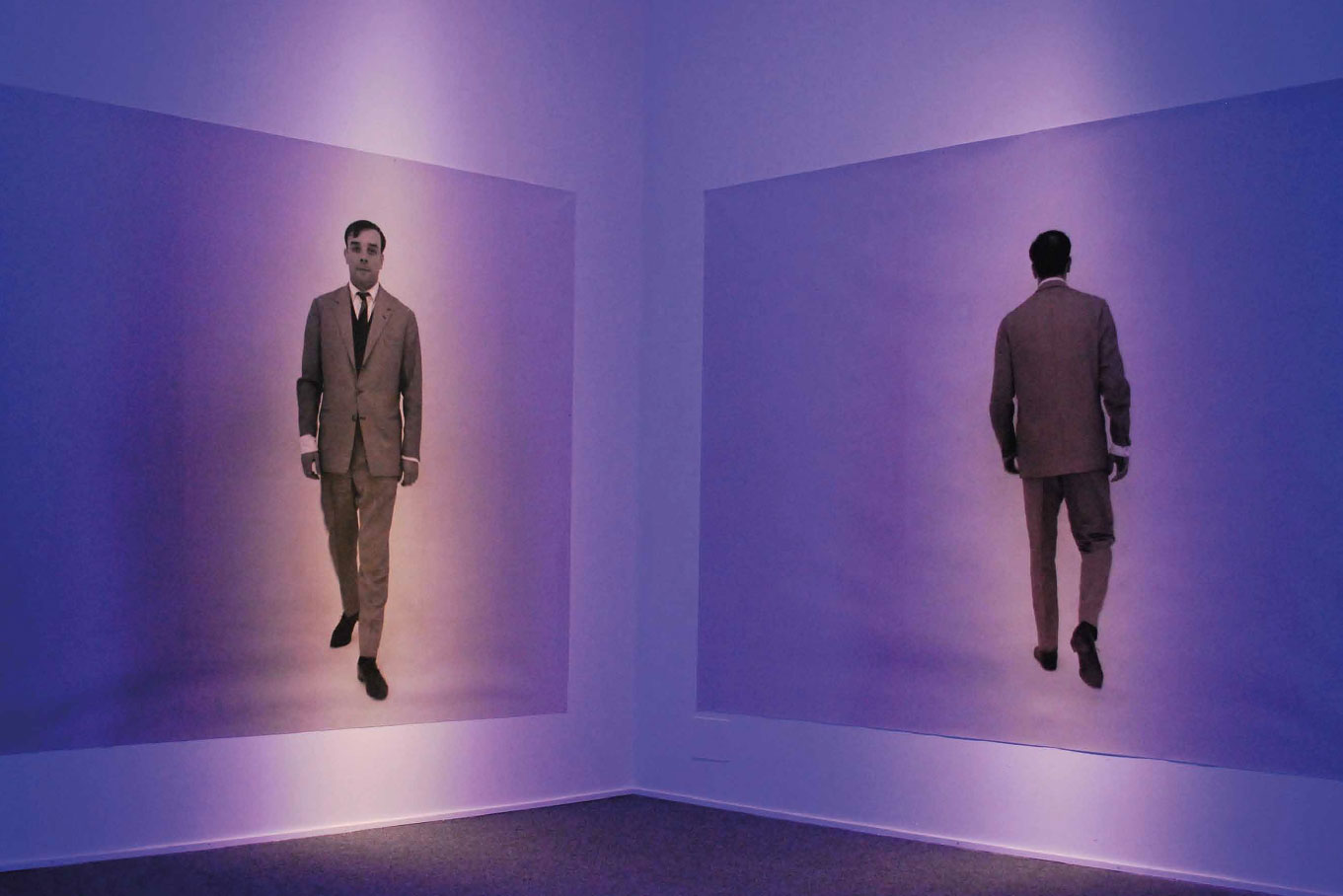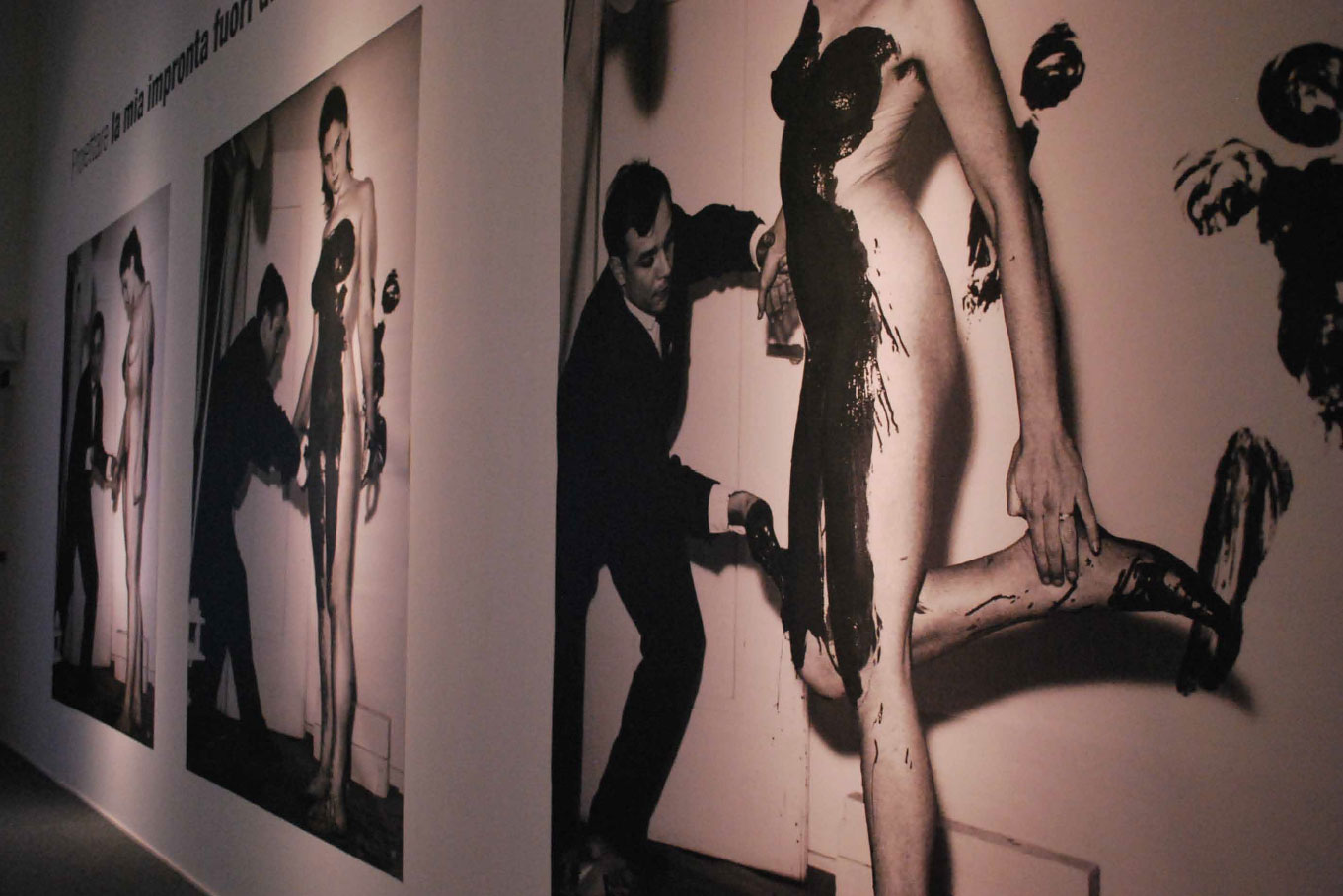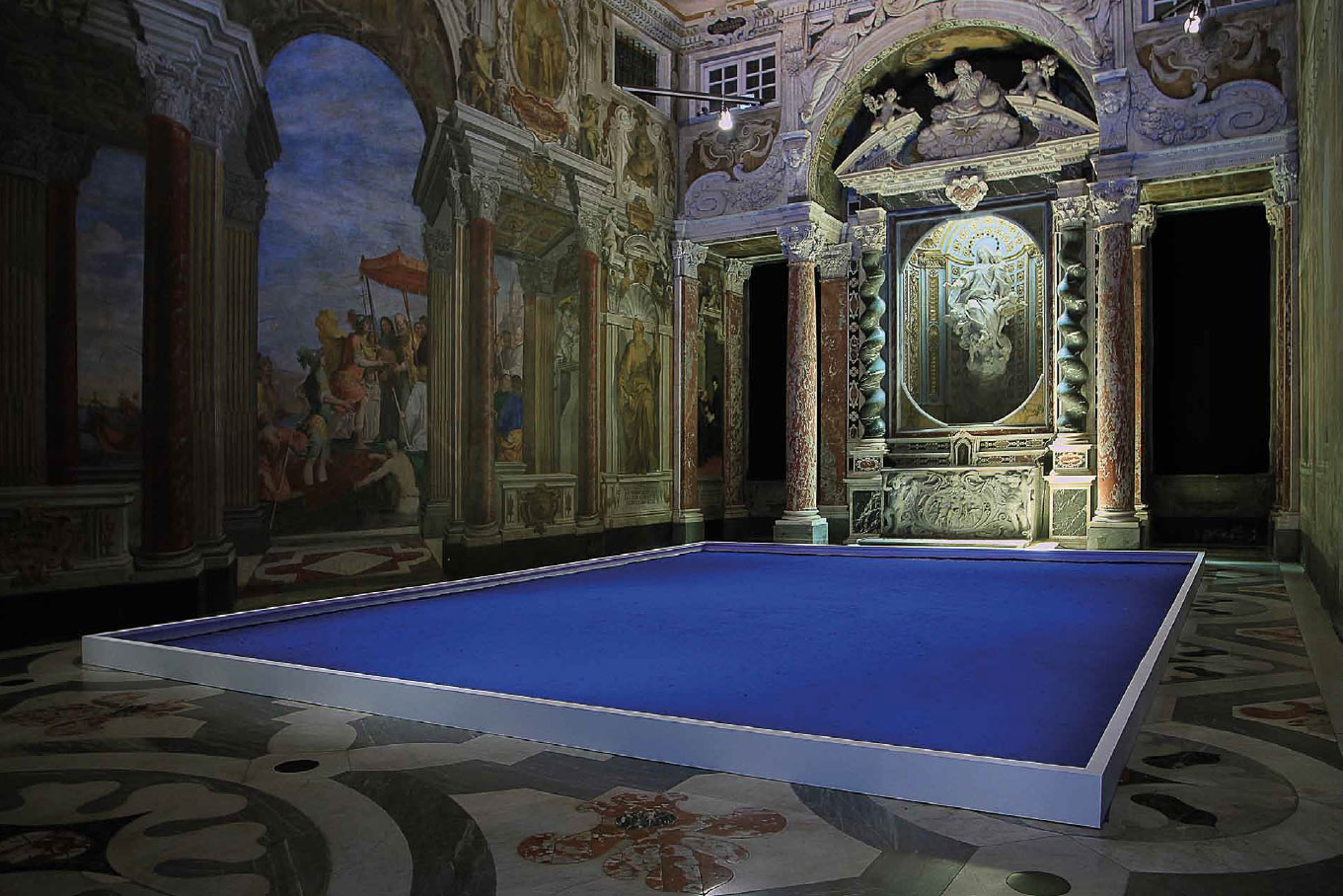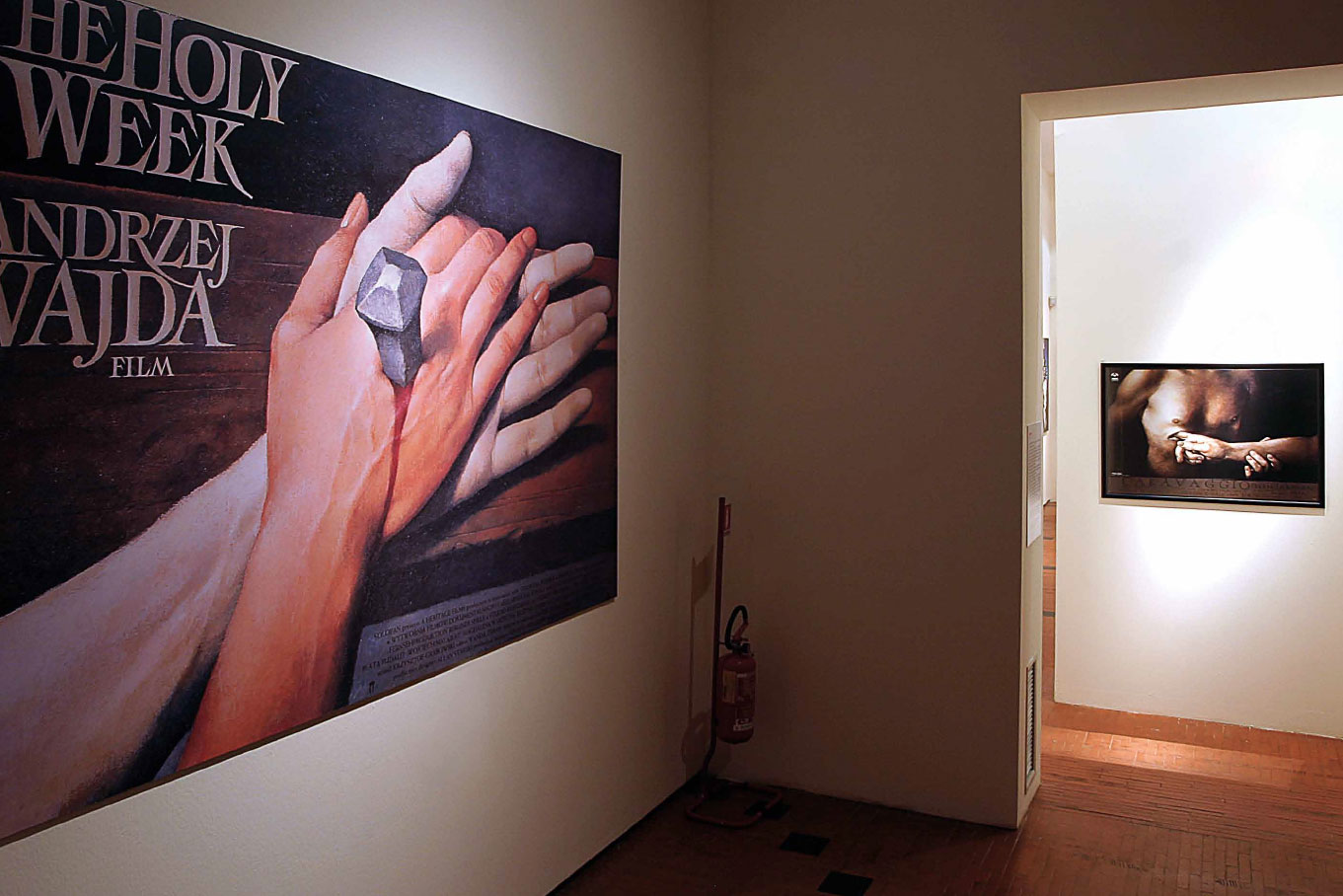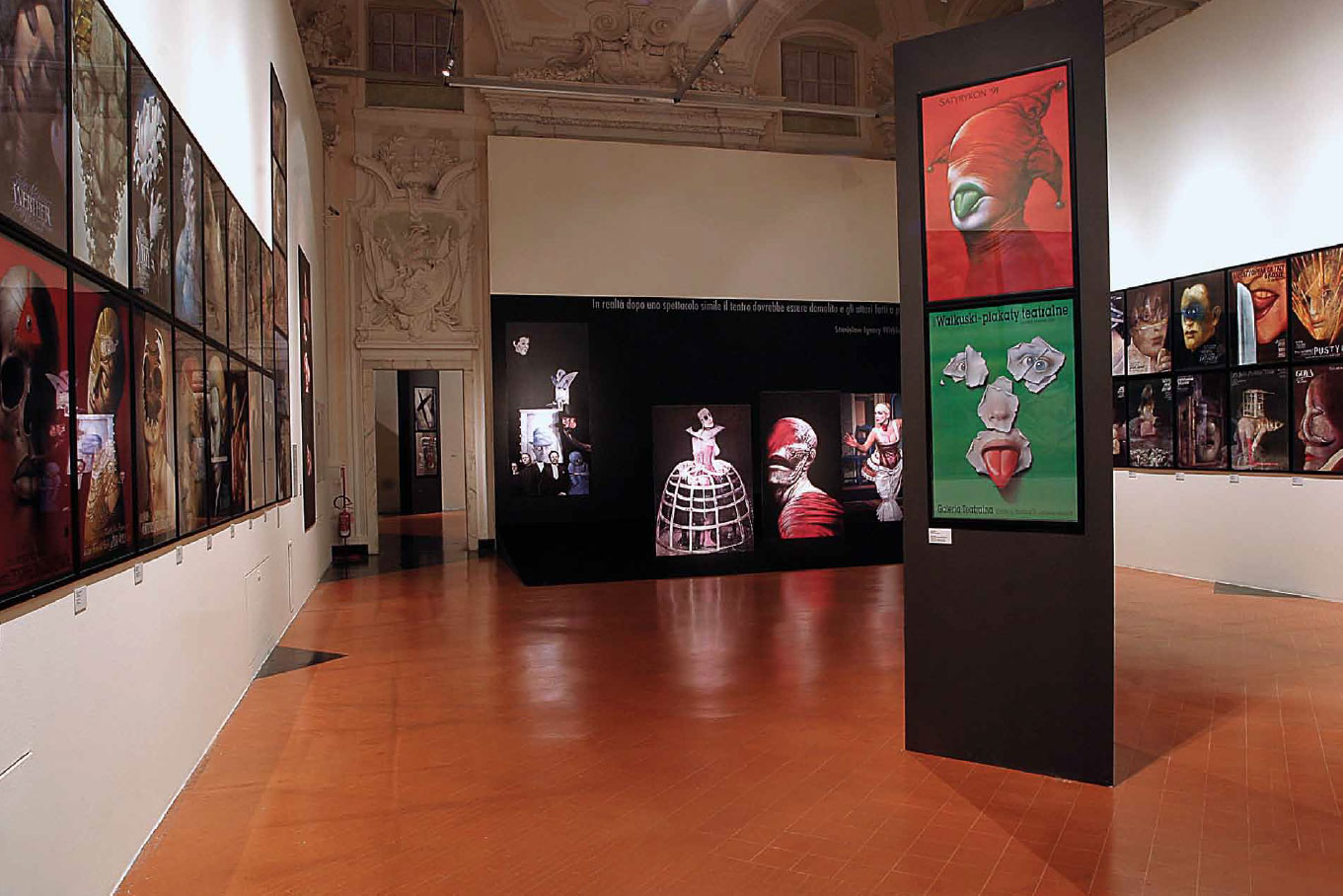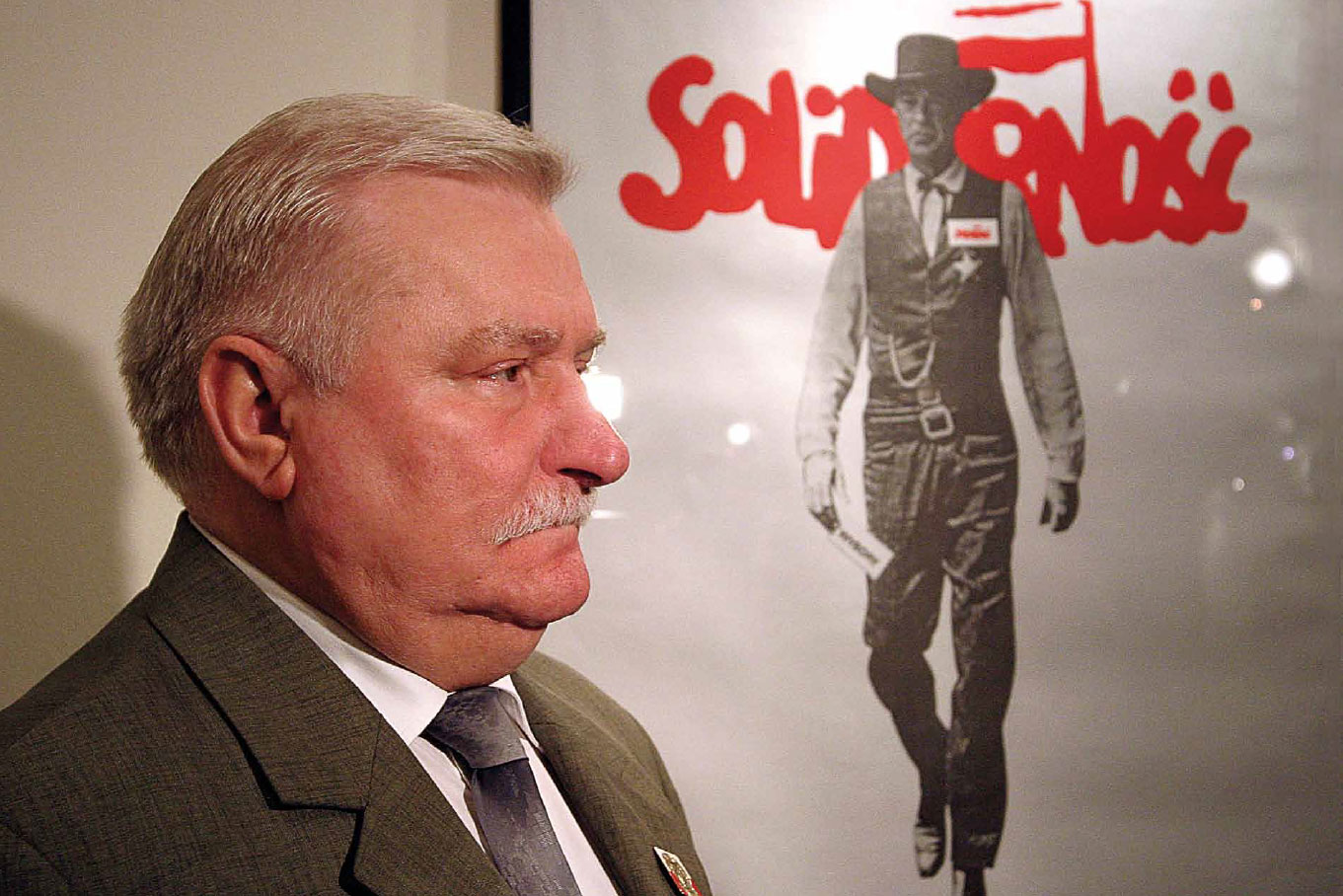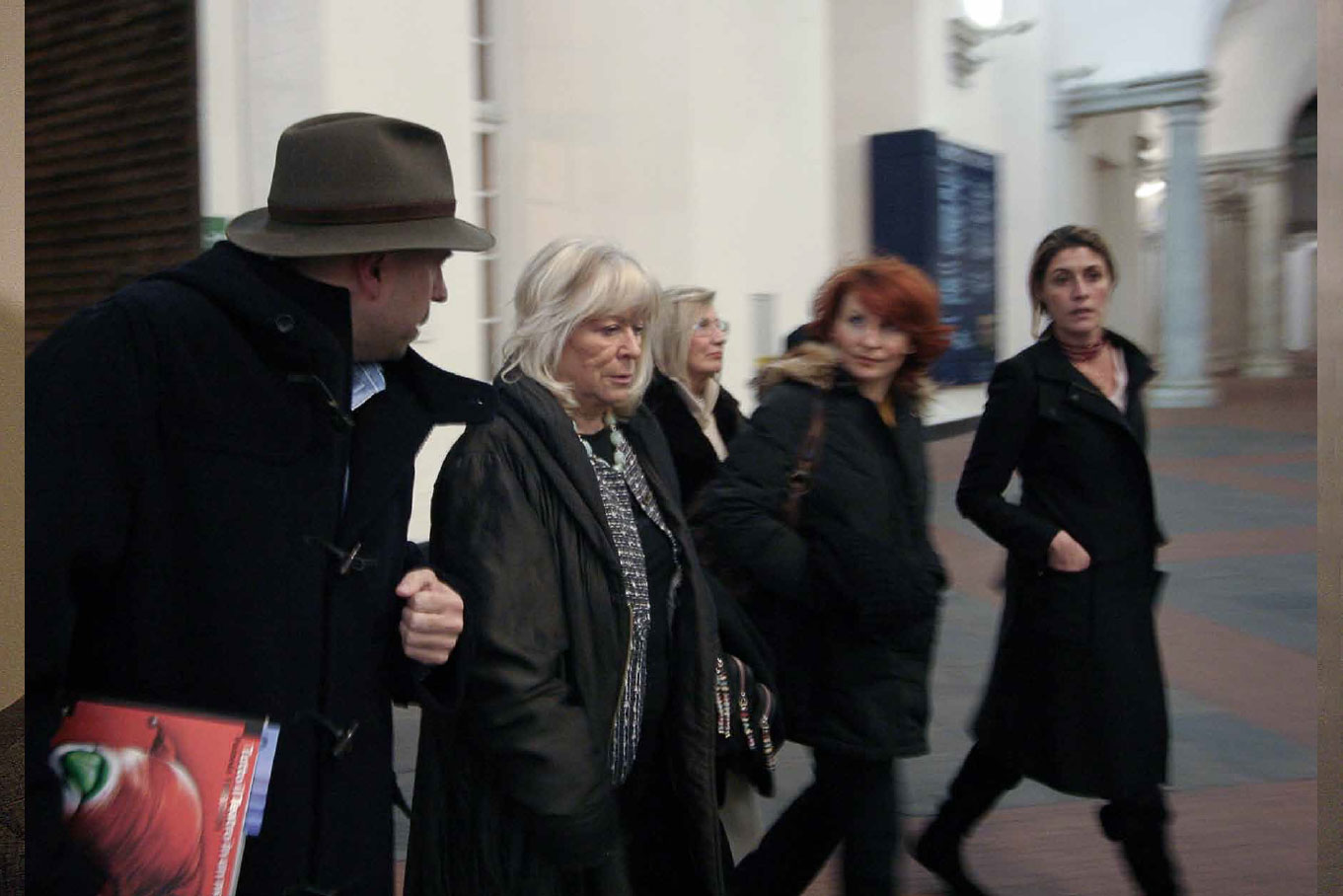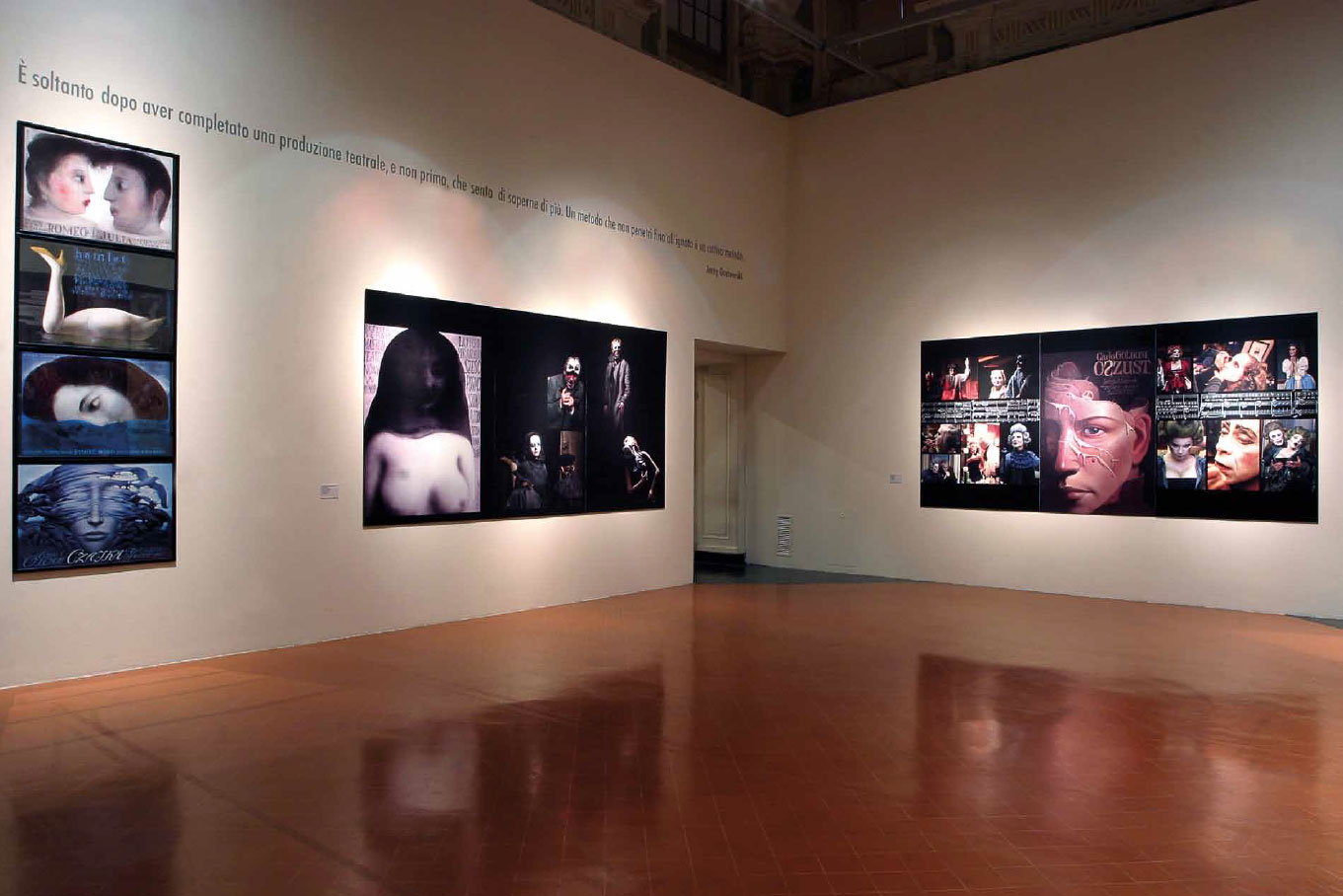Yves Klein
Judo and Theatre - Body and Visions
An exhibition organised by TPL Teatro Pubblico Ligure and Genova Palazzo Ducale Fondazione per la Cultura
In collaborazione con Yves Klein Archives, Paris diretti da Daniel Moquay
Genova, Palazzo Ducale
6 June – 26 August 2012
Designed by Sergio Maifredi
Curators: Bruno Corà and Sergio Maifredi
Judo expert: Pino Tesini - black belt 7th Dan
Project manager: Lucia Lombardo per TPL
For a long time I have been thinking about how I could possibly stage a narrative around the long hours I spent on the tatami. I felt the need to be grateful to the art - I knew - had taught me a great deal. For those who, just like I have been doing, have practiced judo all their life, it is hard to deny the role played in Klein’s art by judo and to see to what extent the long training was to be turned into a learnt lesson by him. For those who, just like me, live theatre as life, Klein’s understanding of the space designed for performance is a brilliant intuition and an enlightening discovery.
Judo and theatre intertwine. Jigoro Kano, the founder of judo, carved his expertise in Kata paradigms, traditional forms that he reshaped by using Noh Theatre system and rules. Each Kata brings to the space of performance one of Judo principles. Each Kata stages judo.
In a three-dimensional space judo and theatre live: a judoka’s space and an actor’s stage cannot be defined as a surface rather as a spherical environment. There is not only back and front or right and left but also up and down.
In judo your body swings in the air, turns, falls and stands up again; you learn about your body weight and its movement in space by the rules of gravitation law. An actor faces that same space and law. Judo and theatre are about direct body contact: touching, tapping, intertwining. Smell and flesh are there too.
In theatre there is no “I” unless there is a “you”. In Judo there is no “Tori” unless there is a “Uke”. You cannot do theatre on your own. You cannot do judo on your own.
Eternal life can only be achieved together, wrote Klein.




